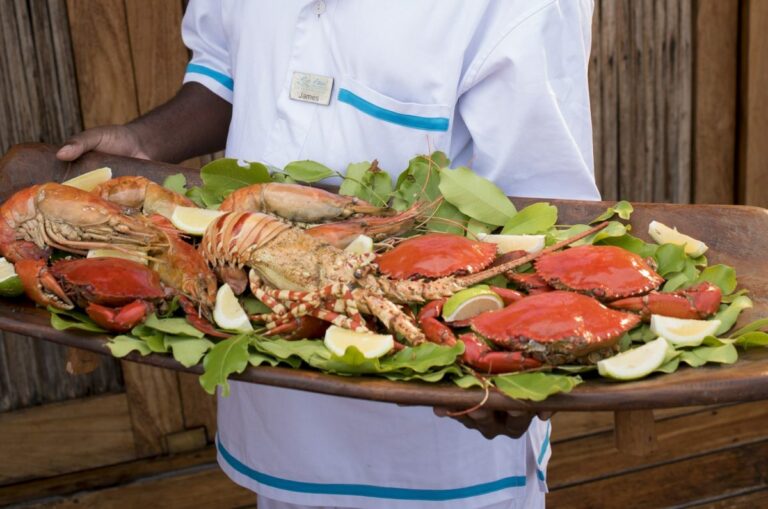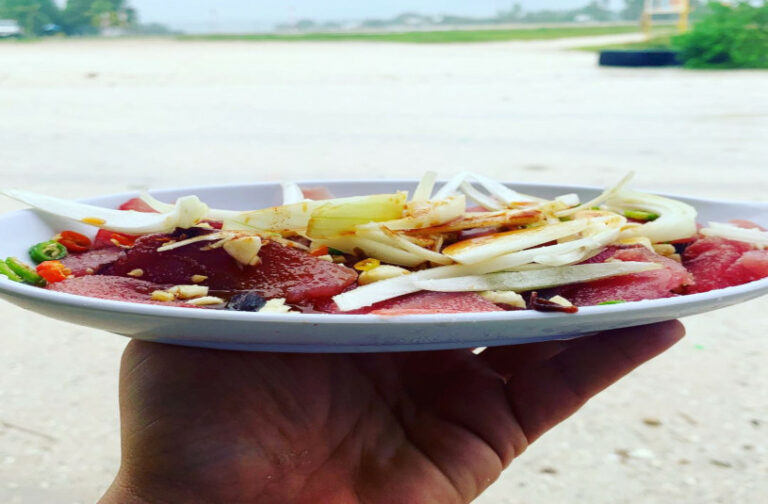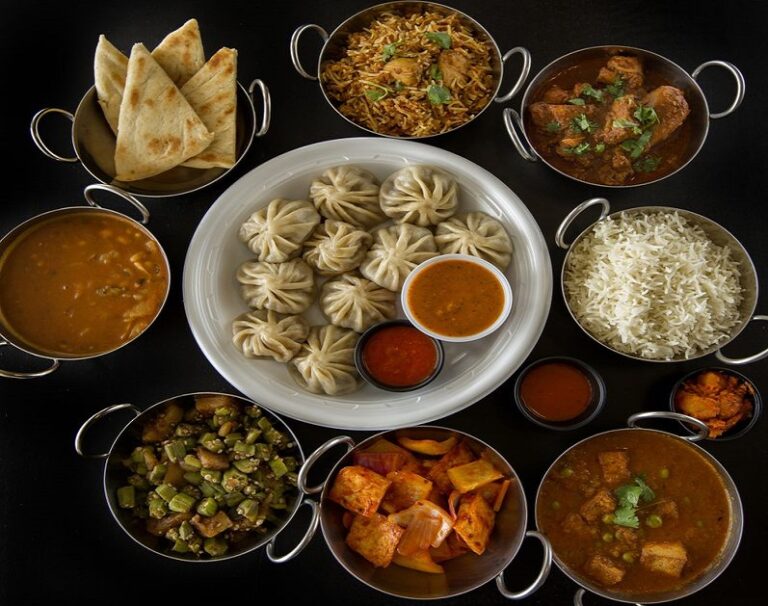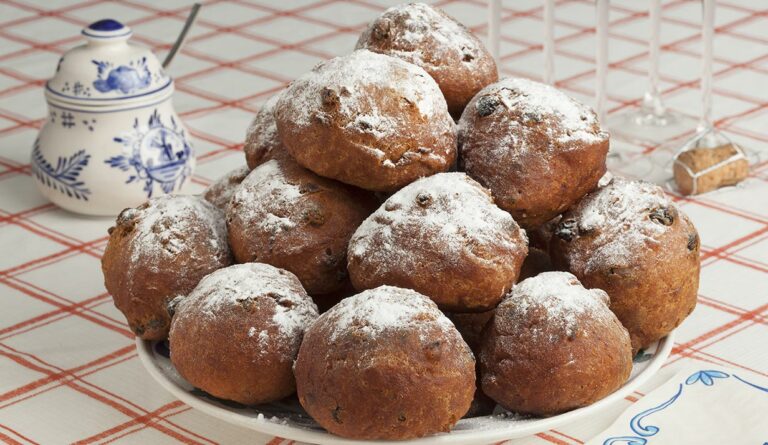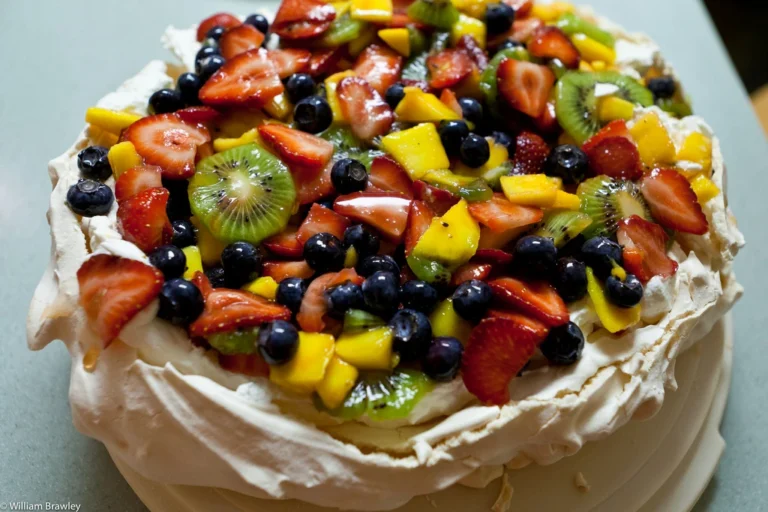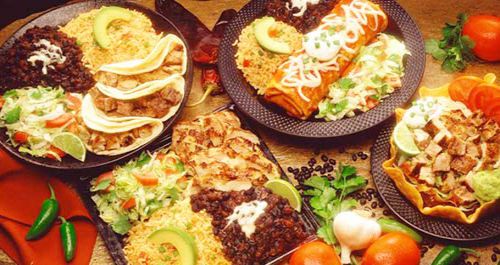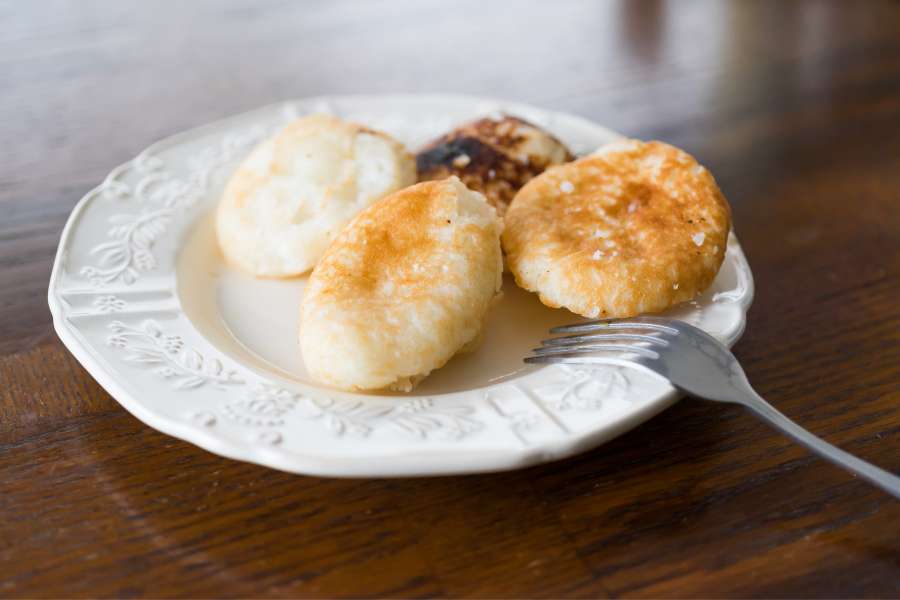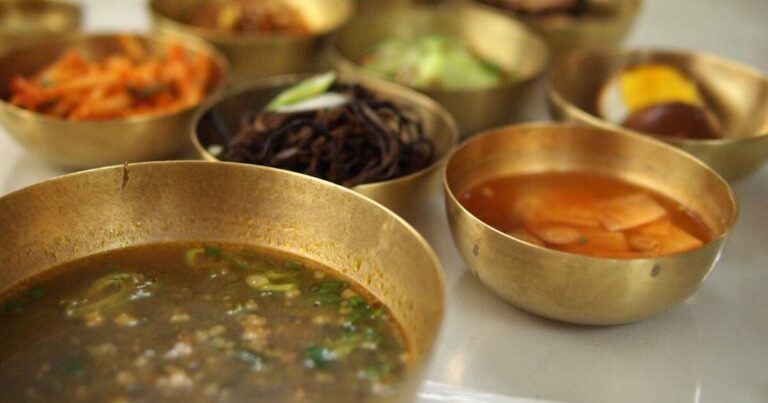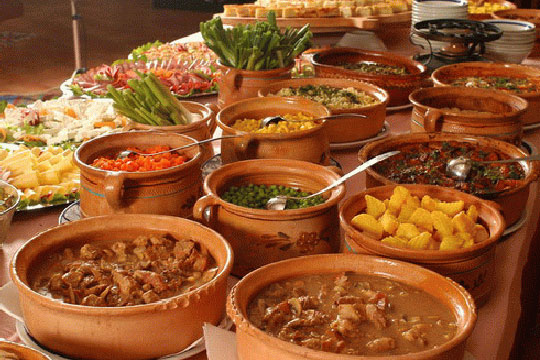Food Markets and Festivals in Myanmar
Myanmar is a country that has a rich culinary culture. Its cuisine is a reflection of its diverse culture and history. That is why it is not a surprise that Myanmar has numerous food markets and festivals to celebrate its culinary heritage. These events are a great way to experience the country’s traditional dishes and explore its unique flavors.
Traditional Food Markets in Myanmar
Myanmar has a variety of food markets that cater to local and international tourists. One of the most popular food markets in the country is the Bogyoke Aung San Market in Yangon. The market is known for its food stalls that offer traditional Burmese dishes such as mohinga, a rice noodle soup with fish, and laphet thohk, a salad made with fermented tea leaves.
Another famous food market in Myanmar is the Kyaukme Market, located in the Shan State. The market is famous for its fresh produce, meats, and spices. Visitors can also find stalls that offer traditional Shan dishes, such as tohu thoke, a salad made with tofu, and khao soi, a noodle soup with chicken or beef.
The Best Food Festivals in Myanmar
Myanmar is also home to several food festivals that celebrate its culinary culture. One of the most popular festivals is the Taunggyi Tazaungdaing Festival, held in November. The festival is celebrated with hot air balloons and fireworks, and food stalls offer traditional dishes such as mutton curry and samosas.
Another festival worth visiting is the Thingyan Festival, held in April. The festival marks the Burmese New Year and is celebrated with street parties and water fights. Food stalls offer traditional street food such as fried snacks, grilled meats, and sweet desserts.
Where to Find Delicious Street Food in Myanmar
Myanmar is famous for its street food. Visitors can find delicious and affordable food in almost every corner of the country. Some of the best places to try street food in Myanmar are night markets, such as the China Town Night Market in Yangon and the Anawrahta Night Market in Bagan.
Visitors can also try street food in local tea shops, which are found in every city and town. Popular dishes include mohinga, samosas, and fried flatbreads called nan gyi thoke.
Discovering Myanmar’s Culinary Culture
Exploring Myanmar’s culinary culture is an excellent way to experience the country’s unique flavors and traditions. Visitors can take cooking classes and learn how to prepare traditional dishes such as curry, stir-fries, and salads. They can also visit organic farms and learn about the country’s farming practices and ingredients.
A Guide to Food Tourism in Myanmar
Myanmar has a lot to offer food tourists. Visitors can explore the country’s food markets and festivals, try street food, and learn about its culinary culture. To make the most out of their visit, tourists can book food tours that take them to the best food destinations and include tasting sessions and cooking classes. Myanmar is truly a food lover’s paradise that should not be missed.

